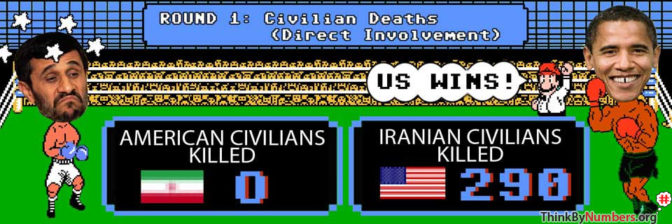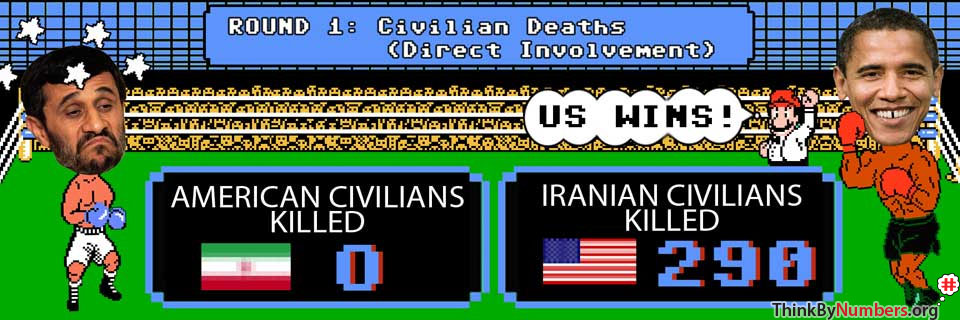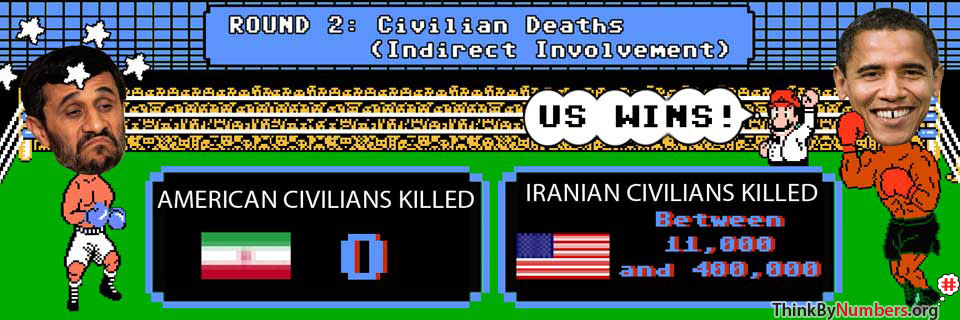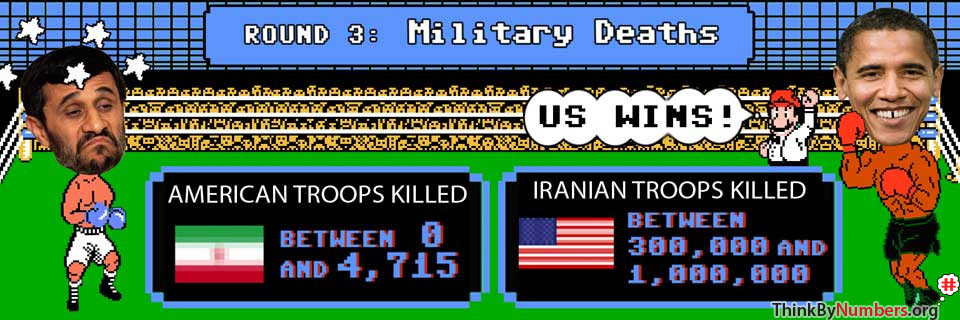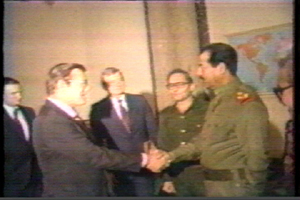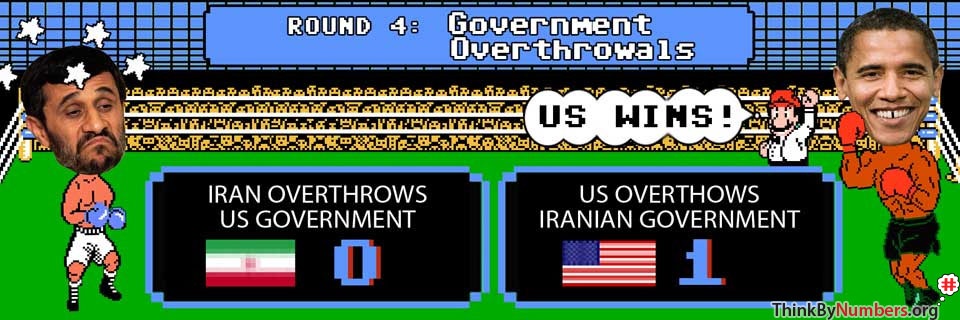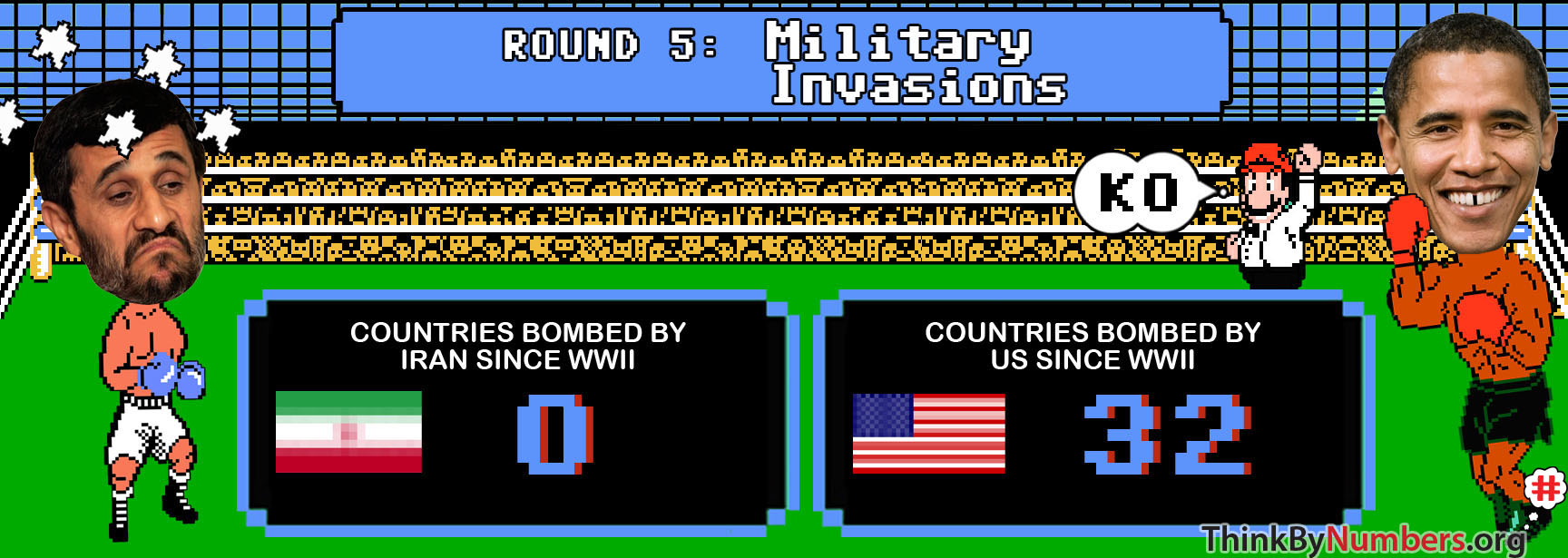Many Americans consider Iran to be a psychopathically violent nation that would be willing to commit suicide in order to kill as many Americans as possible. The statistics behind historical Iranian US relations do not support this view.
Juggalo’s Corner

By George “Ghost F**ker” Will
A plurality of Americans believe that Iran is an irrational, suicide-bound regime that would use nuclear-weapons up in this bitch, given the chance. But is this belief supported by an Iranian history of violence? Is Iran really a bunch of stone-cold killaz or, alternatively, are these bitchez just yanking our nizzos?
If Iran is truly as wicked hardcore as Americans claim, they should have a history with a serious mutha f***in’ body count. However, when you examine Iran’s history, it becomes painfully obvious that Iran, in fact, has a p***y for ballz. Despite the incendiary rhetoric of its leaders, Iran, when comparing their body count to that of the United States, just be lookin’ like some candy-ass bitchez.
Conversely, a serious examination of American historical interaction with Iran reveals the US actually possesses grenades for balls that will indeed get your mouf blowed up when you suck them. Let’s look at the numbers.
IRAN VERSUS THE US:
Will the real HARDCORE gangstas please stand up?
Civilians Killed
NUMBER OF AMERICAN Civilians KILLED IN IRANIAN ATTACKS ON THE US = 0
NUMBER OF IRANIAN CIVILIANS KILLED IN US ATTACKS ON IRAN = 290
- Iran Air Flight 655 was a civilian jet airliner shot down by U.S. missiles on July 3, 1988, over the Strait of Hormuz, toward the end of the Iran–Iraq War. The aircraft, an Airbus A300B2-203 operated by Iran Air, was flying from Bandar Abbas, Iran, to Dubai, United Arab Emirates, over Iran’s territorial waters in the Persian Gulf on its usual flight path when it was destroyed by the United States Navy guided-missile cruiser USS Vincennes (CG-49), killing all 290 passengers and crew aboard.
- The U.S. government issued notes of regret for the loss of human lives and in 1996 paid reparations to settle a suit brought in the International Court of Justice regarding the incident, however, the United States never released an apology or acknowledgment of wrongdoing. In August 1988 Newsweek quoted Vice President George H. W. Bush as saying “I’ll never apologize for the United States of America. Ever. I don’t care what the facts are.”
Civilian Deaths (Indirect Involvement)
NUMBER OF AMERICAN Civilians KILLED IN IRANIAN-SUPPORTED ATTACKS ON THE US = 0
NUMBER OF IRANIAN Civilians KILLED IN US-SUPPORTED ATTACKS ON IRAN = BETWEEN 11,000 AND 400,000
- The Iran–Iraq War (also known as the First Persian Gulf War and by various other names) was an armed conflict between the armed forces of Iraq and Iran, lasting from September 1980 to August 1988. The Iranian civilian death toll, overall, is estimated between 11,000 and 400,000 for Iran.
- United States support for Iraq during the Iran–Iraq War, as a counterbalance to post-revolutionary Iran, included several billion dollars worth of economic aid, the sale of dual-use technology, non-U.S. origin weaponry, military intelligence, Special Operations training, and direct involvement in warfare against Iran. Support from the U.S. for Iraq was not a secret and was frequently discussed in an open session of the Senate and House of Representatives. On June 9, 1992, Ted Koppel reported on ABC’s Nightline, “It is becoming increasingly clear that George Bush, operating largely behind the scenes throughout the 1980s, initiated and supported much of the financing, intelligence, and military help that built Saddam’s Iraq into” the power it became”, and “Reagan/Bush administrations permitted—and frequently encouraged—the flow of money, agricultural credits, dual-use technology, chemicals, and weapons to Iraq.”
Military Deaths
Number of American TROOPS Killed in Iranian-Supported Attacks on the US = Between 0 and 4,715
- There have been no Americans killed by Iran in the US.
- 4,474 Americans were killed in Iraq. There are many unsourced claims from the Pentagon and the American media that Iran has been providing weapons to insurgents in Iraq. However, no evidence has been presented proving citizens of Iran, let alone the Iranian government is culpable for these deaths.
- October 23, 1983, Beirut, Lebanon. A truck loaded with a bomb crashed into the lobby of the U.S. Marines headquarters in Beirut, killing 241 soldiers and wounding 81. Some analysts believe the Islamic Republic of Iran was heavily involved and that a major factor leading it to participate in the attacks on the barracks was America’s support for Iraq in the Iran-Iraq War and its extending of $2.5 billion in trade credit to Iraq while halting the shipments of arms to Iran. However, in 2001, former Secretary of Defense at the time of the bombing, Caspar Weinberger, stated: “But we still do not have the actual knowledge of who did the bombing of the Marine barracks at the Beirut Airport, and we certainly didn’t then.”
Number of Iranian Troops Killed in US-Supported Attacks on Iran = Between 300,000 and 1,000,000
- The Iran–Iraq War (also known as the First Persian Gulf War and by various other names) was an armed conflict between the armed forces of Iraq and Iran, lasting from September 1980 to August 1988. The death toll, overall, was an estimated between 300,000 and 1 million for Iran.
Government Overthrowals
Number of Times Iran has Overthrown the US‘s Democratically-Elected Government = 0
Number of Times the US has Overthrown Iran‘s Democratically-Elected Government = 1
- The 1953 Iranian coup d’état (known in Iran as the 28 Mordad coup) was the overthrow of the democratically elected government of Iranian Prime Minister Mohammad Mosaddegh on 19 August 1953, orchestrated by the intelligence agencies of the United Kingdom and the United States under the name TPAJAX Project. The coup saw the transition of Mohammad-Rezā Shāh Pahlavi from a constitutional monarch to an authoritarian one who relied heavily on United States support to hold on to power until his own overthrow in February 1979.
ROUND 5: Military Invasions – US WINS!!!!!
Number of Countries Bombed by Iran SINCE WWII = 0
Number of Countries BOMBED by the US SINCE WWII = 32
- China 1945-46
- Korea 1950-53
- China 1950-53
- Guatemala 1954
- Indonesia 1958
- Cuba 1959-60
- Guatemala 1960
- Belgian Congo 1964
- Guatemala 1964
- The Dominican Republic 1965-66
- Peru 1965
- Laos 1964-73
- Vietnam 1961-73
- Cambodia 1969-70
- Guatemala 1967-69
- Lebanon 1982-84
- Grenada 1983-84
- Libya 1986
- El Salvador 1981-92
- Nicaragua 1981-90
- Iran 1987-88
- Libya 1989
- Panama 1989-90
- Iraq 1991
- Kuwait 1991
- Somalia 1992-94
- Bosnia 1995
- Iran 1998
- Sudan 1998
- Afghanistan 1998
- Yugoslavia – Serbia 1999
- Afghanistan 2001
- Libya 2011


1953
The US Overthrows Democratic Iranian Government
Under orders from President Eisenhower, the CIA organized a military coup that overthrew Iran’s democratically elected Prime Minister Mohammed Mossadegh. Britain, unhappy that Iran nationalized its oil industry, came up with the idea for the coup and pressed the United States to mount a joint operation to remove Mossadeqh.
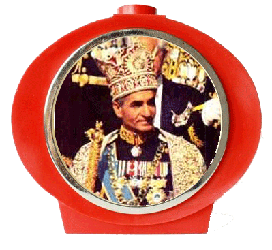
1953 to 1979
Following the coup, the U.S installed Mohammad Reza Shah Pahlavi, and the thriving democracy that existed in Iran was crushed. The Shah led 25 years of tyrannical rule (supported by the CIA) that resulted in the killing of thousands of Iranians who opposed the U.S. puppet government. On the economic front, the Shah denationalized Iran’s oil industry, 60% of which went to American firms.
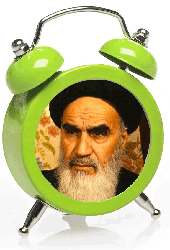
1979
US-backed Shah of Iran forced to leave the country after widespread demonstrations and strikes. Islamic religious leader Ayatollah Khomeini returns from exile and takes effective power. Sixty-six hostages were taken by students at the U.S. embassy in Tehran. The students justified taking the hostages as retaliation for the admission of the Shah into the U.S. and demanded the Shah be returned to Iran for a trial. The new Iranian regime believed the Shah was in the U.S. so that the U.S. could carry out another coup d’etat in Iran; the U.S. claimed he had come there only to seek medical attention. The Shah was given refuge and Iranians demanded his extradition to Iran to face justice. The U.S. rejected Iran’s request and the hostage-taking ensued. The hostage crisis at the U.S. embassy in Tehran lasted 444 days.
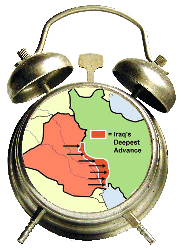
1980
Iraq invades neighboring Iran with the approval of the United States. The war lasts eight years and kills hundreds of thousands of Iraqis and Iranians. Iran suffered heavy casualties from Saddam’s chemical weapons, many of which were provided by the U.S.
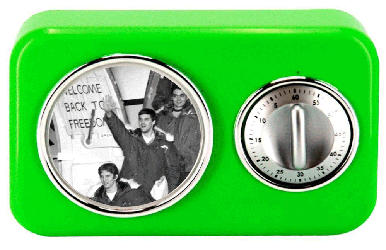
1981
The last 52 U.S. hostages were freed in January after intense diplomatic activity. Their release comes a few hours after U.S. President Jimmy Carter leaves office. They had been held for 444 days.

1982 to 1983
As Iranian forces gained the upper hand on the battlefield with Iraq, the U.S. launched another covert operation to arm and aid Saddam. It began clandestinely to supply Saddam with satellite intelligence on Iran’s deployments. Weapons were also sent via CIA fronts in Chile and Saudi Arabia directly to Baghdad. Iraqi President Saddam Hussein greets Donald Rumsfeld, then special envoy of President Ronald Reagan, in Baghdad on December 20, 1983.

1985 to 1986
Iran-Contra Affair: U.S. holds secret talks with Iran and makes weapons shipments, allegedly in exchange for Iranian assistance in releasing U.S. hostages in Lebanon. With revelations that profits were illegally channeled to Nicaraguan rebels, this creates the biggest crisis of Ronald Reagan’s presidency.
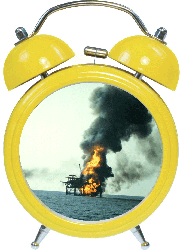
1987
Following the mining of a U.S. Navy frigate, U.S. forces engage in series of encounters with Iranian naval forces, including strikes on Gulf oil platforms. The engagement was code-named “Operation Praying Mantis”. The battle, the largest between surface forces since World War II, sank two Iranian warships and as many as six armed speedboats. The Iranian Frigate, IS Alvand, attacked by U.S. Navy forces.
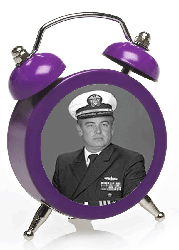
1988
On patrol in the Persian Gulf, the USS Vincennes shot down an Iranian passenger jet that it had mistaken for a hostile Iranian fighter aircraft. U.S. Navy Captain Will C. Rogers III ordered a single missile fired from his warship, which hit its target and killed all 290 people aboard the commercial Airbus.

1986 to 1989
Some seventy-three transactions took place that included bacterial cultures to make weapons-grade anthrax, advanced computers, and equipment to repair jet engines and rockets.

